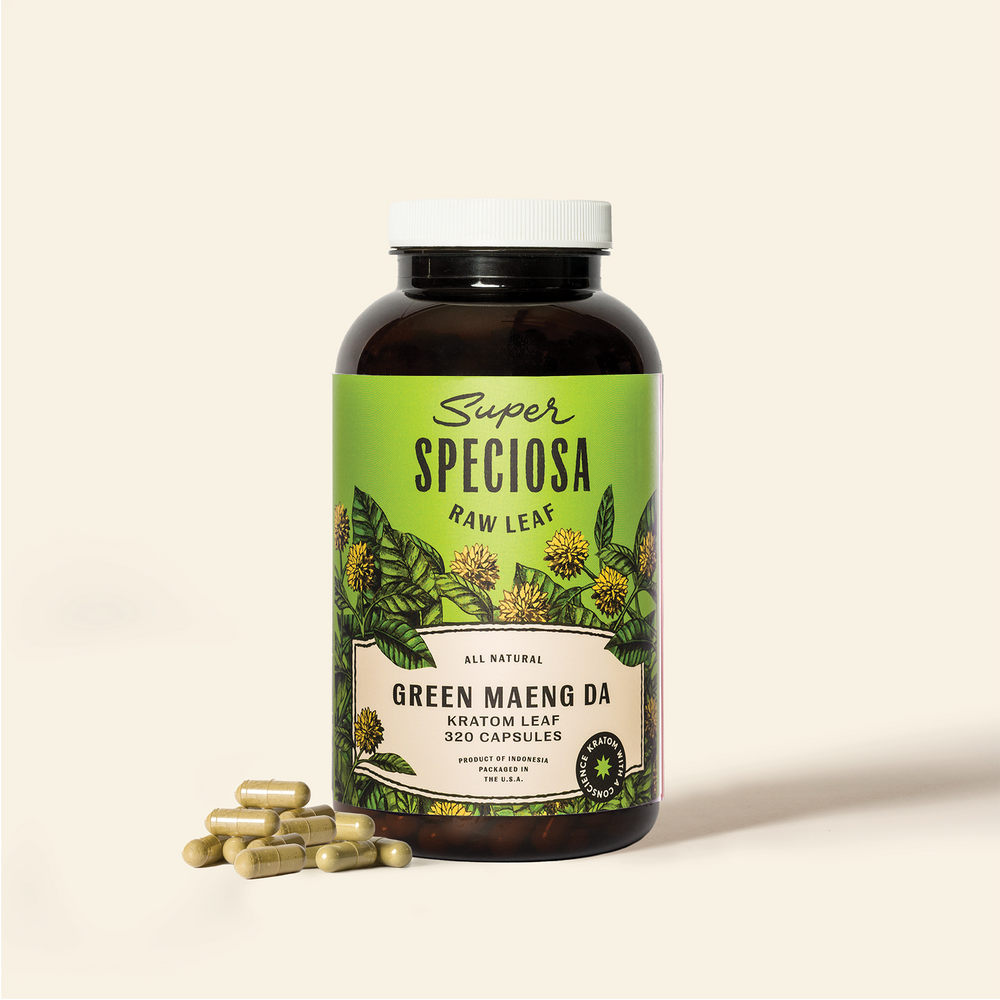North Dakota Beats Back Proposed Kratom Ban Due to Federal Inconsistencies
NORTH DAKOTA BEATS BACK PROPOSED KRATOM BAN DUE TO FEDERAL INCONSISTENCIES

For years, the case against kratom has been framed around early warnings from the Food and Drug Administration (FDA).
With the science evolving, and the FDA taking a closer look at kratom, that case is starting to crumble at its foundation. In states like North Dakota, that crumbling foundation is creating a cause to pause and take a closer, more rational look at kratom.
A bill was introduced earlier this month to effectively ban kratom in North Dakota that was supported by a coalition of lawmakers and medical professionals in the state. Except this time, those in charge took a close look at the FDA’s recent actions and used that federal agency's actions and lack of conviction as the basis for shutting down the proposed ban at its first hurdle.
Advocates hope that the rebuke of a ban in North Dakota is a signal that local lawmakers are about to start writing a new chapter that embraces kratom regulation over prohibition.
The bill was formally introduced as HB 1101, an attempt to add mitragynine and similar alkaloids to the state’s list of Schedule I substances. The bill was introduced in North Dakota's House of Representatives on Jan. 7, 2025 (the first day of the session) and steered to the Judiciary Committee for a hearing within a week of being on the books.
With increased interest in the bill, each side got 30 minutes to make their case.
Figuring Out the FDA’s Stance
Rep. Jeremy Olson opened the discussion and briefly introduced the measure before passing the podium to a registered nurse who helped bring kratom to Olson’s attention. McCoy used her testimony to pass along the same concerns and warnings that accompanied two failed attempts to ban kratom at the federal level.
What was different was how the committee responded to the information.
Rep. Daniel Johnston was quick to latch on to the information provided by McCoy and added his findings in the form of questions. Johnston brought up a lawsuit against kratom that the FDA was party to, and questioned McCoy about the case, and what it meant for local law.
In that lawsuit, the FDA was asked to clarify its position on the plant.
“The FDA appears to have declined because they stated the FDA has not yet made a determination of regarding whether kratom is dangerous,” Johnston said. “My question to you is what evidence do you have that is required under North Dakota’s Uniform Controlled Substance Act that requires proof of risk to public health?”
Similar to other health professionals who have spoken out against kratom, McCoy turned back to anecdotal evidence without a factual basis that answered the lawmaker’s question. At one point, McCoy implied that kratom was part of a “vicious cycle” that could also include alcohol, opioids or other substances.
That vague reasoning led to further questioning from Johnston, who ultimately suggested a different path for the plant.
“It also seems the FDA is a little wishy-washy on some of their findings,” Johnson said. “Do you think it’d be premature to categorize kratom as a Schedule I drug? Is it possible that it’d be better to regulate it within the state of North Dakota?”
Findings Without Facts
Mark Hardy, the executive director of the North Dakota Board of Pharmacy, was the other member of the medical community who spoke out against kratom. Hardy’s testimony echoed that of McMahon but went further to suggest specific mechanisms that he felt increased the threat posed by the plant.
“Just the mere chemical nature of the substance and how it acts on the opioid receptor could certainly lead to respiratory depression and death in high doses,” Hardy said.
The only issue with Hardy’s perspective is the lack of factual backing.
For starters, Hardy repeated multiple times that it was the Obama administration that pulled the attempt to schedule kratom federally. In reality, public pushback, supported by members of Congress, defeated that attempt to take action against kratom. The second and final attempt to schedule kratom was dismissed in 2018 by Dr. Brett Giroir, a Trump-appointed assistant secretary of health.
Furthermore, medical professionals testified in front of Congress in 2024 and directly contradicted the information presented by Hardy.
Dr. Edward Boyer was one of four research professionals who spoke at that hearing in Washington D.C. and presented information on the risks associated with kratom. Due to medical examiners and other professionals attributing adverse effects to kratom, Boyer was inspired to investigate beyond anecdotal claims and see if there was merit to such concerns.
Boyer specifically spoke on the subject of respiratory depression and gave a detailed example of how opioids and the chemical structure of opioids affect the human body.
“Mitragynine is different,” Boyer said. “It interacts with the mu-opioid receptor in a completely different way...it does not appear to produce respiratory depression to the same degree.”
When it came to directly stating his position, Boyer made it clear: Kratom’s profile suggests it is far different from opioids in terms of this key safety factor.
“To say that kratom and mitragynine produce strong respiratory depression; I don’t know that there’s a lot of evidence to support that,” he said. “There’s actually some evidence in the opposite direction.”
In simple terms, Hardy’s assertions about kratom were not only wrong but also went against the prevailing scientific evidence on the topic. The committee was not unaware of that lack of scientific backing.
Johnston again led the line of questions and started by pointing out that North Dakota has the same 8-factor process in determining whether a substance should be scheduled. With that in mind, Johnston was curious about what compelled Hardy to make a different determination than his peers in the federal DHHS.
“What scientifically valid evidence and data do you have that the U.S. Drug Enforcement Administration, the Department of Health and Human Services and the National Institute on Drug Abuse do not have to support scheduling kratom’s compounds?” Johnston said.
Hardy again deflected, saying there wasn’t an easy answer to the question.
“Ultimately it’s a policy decision for you all,” he said.
That policy question was answered when a motion was proposed to report the bill back to the House floor with a “Do Not Pass” designation. The motion carried 10-3 and forced the measure back to the full House. On second reading, the measure failed by a vote of 77-15.
During the committee hearing, Johnston said he was considering a bill to regulate kratom in the state but did not introduce such a measure—the deadline for Representatives to introduce bills passed on Jan. 20.





